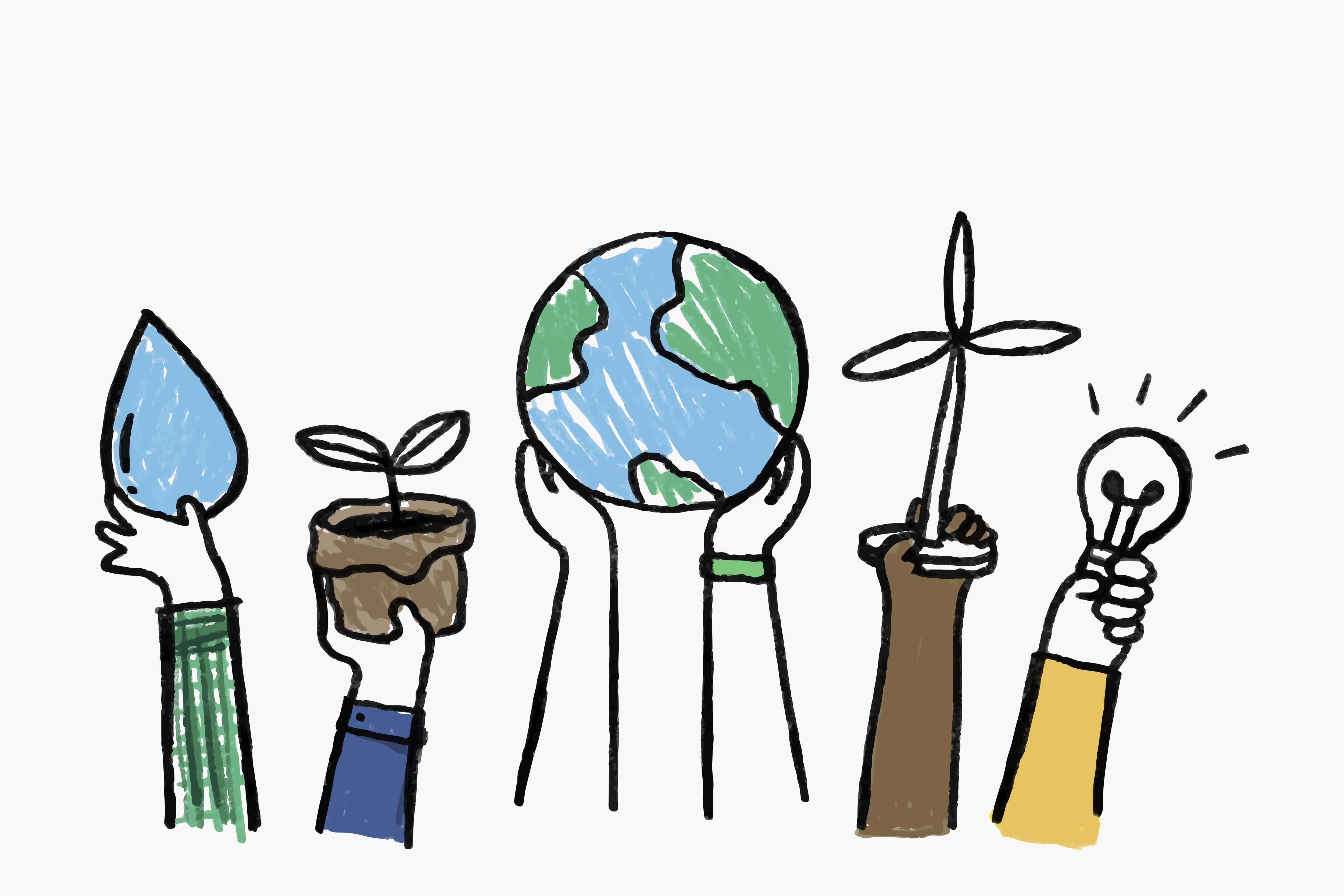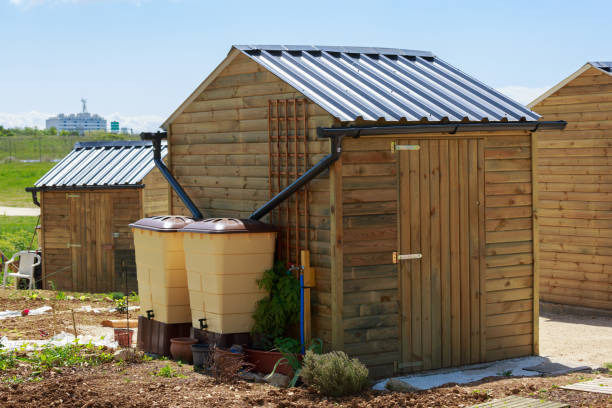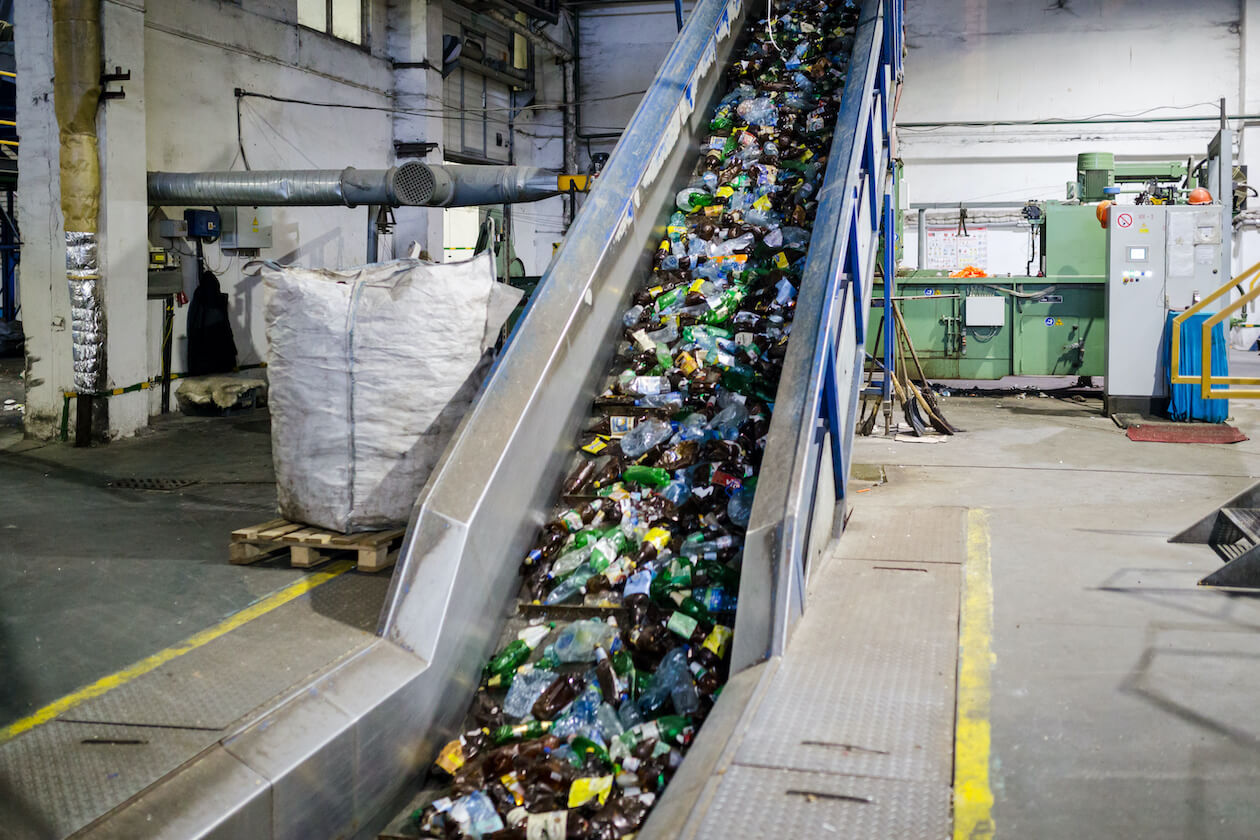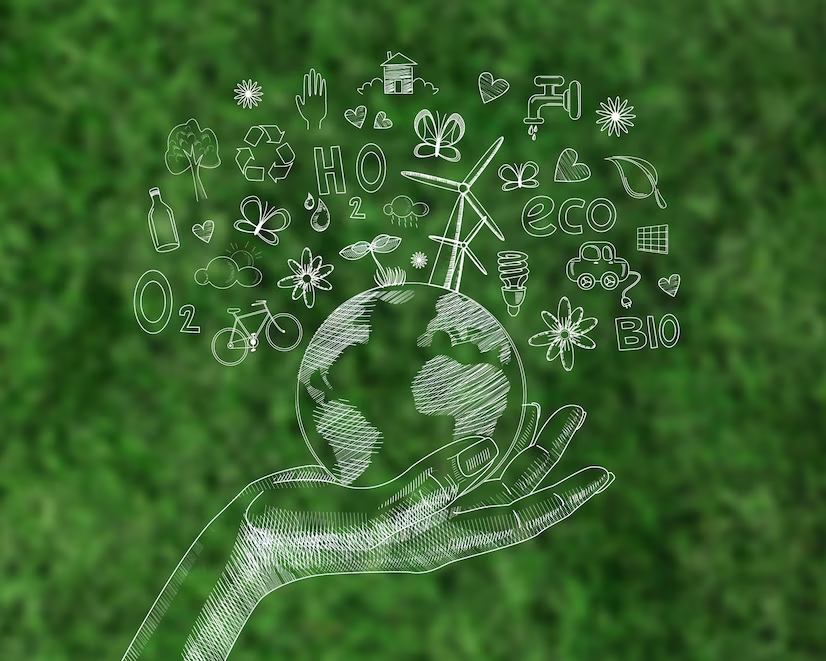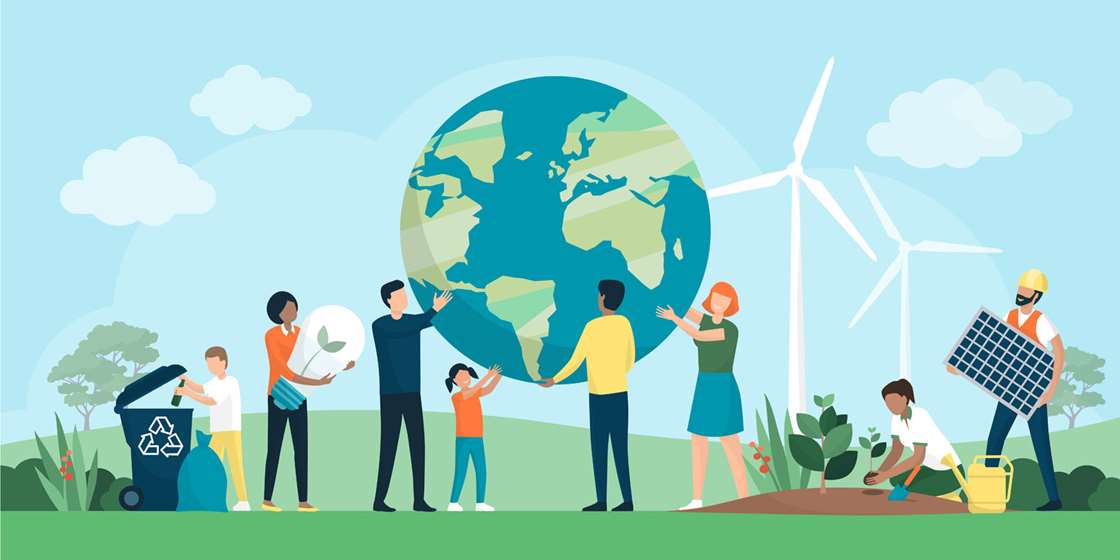
Empowering Sustainability
Green Living for All
We care for Nature and make Society Sustainable by using Green energy resources and empowering people about the initiatives to be taken for making the Living habitat attached to nature.
Humans Cannot Stop From Development Of Infrastructure Demands So We Have To Preserve The Natural-environment And Use Sustainable Technologies For Built-Environment.
